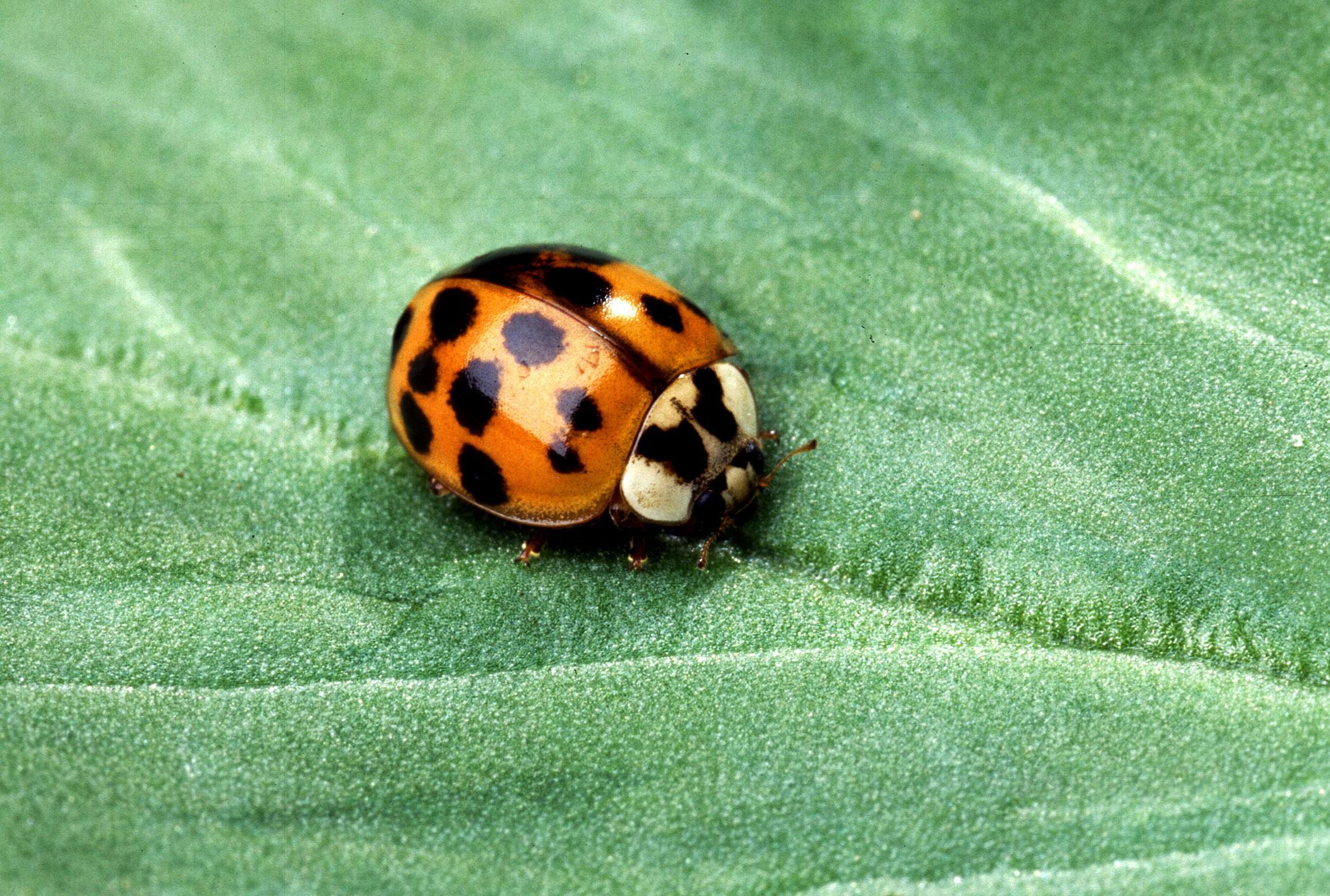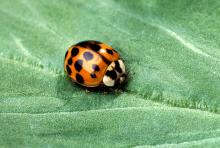Information Possibly Outdated
The information presented on this page was originally released on October 11, 2012. It may not be outdated, but please search our site for more current information. If you plan to quote or reference this information in a publication, please check with the Extension specialist or author before proceeding.
Seal homes against unwanted guests
MISSISSIPPI STATE – Southern hospitality does not need to extend to members of the insect world when temperatures drop.
“Now is the ideal time to prepare your home for winter, before the paper wasps, Asian lady beetles and kudzu bugs start looking for a warm place to spend the cold months,” said Blake Layton, Mississippi State University Extension Service entomologist.
In nature, many insects overwinter under tree bark, in rocky outcrops or hollow trees, Layton said.
“Now that we have so many buildings, they use those instead of more natural settings,” he said. “The goal is to exclude them from the house by sealing up cracks and crevices so they can’t get in.”
Layton said Asian lady beetles prefer heavily forested environments. Kudzu bugs live in areas with a lot of kudzu, though so far they have been found in just two Mississippi counties. Neither of these insects carry diseases; they are simply nuisance pests to vacuum up.
But paper wasps, which include red wasps, guinea wasps -- the little ones with brown and yellow bands around their bodies -- and Carolina paper wasps, which are a burnt orange color, all sting.
“During the colder months, paper wasps aren’t protecting their nests, so they usually aren’t aggressive. But if they’re in the house, they’ll probably sting someone if they get aggravated or trapped in some way,” Layton said. “Insecticide is not very useful when dealing with any of these insects in the house or attic because you usually can’t spray enough to solve the problem without contaminating your house.”
Layton said homeowners can start their insect exclusion program by checking screens on their homes’ gables and soffit vents.
“If screens are off, have holes, or the vents aren’t screened at all, you’ll have an attic or house full of insects,” he said. “Look for cracks as small as one-sixteenth of an inch, or about the width of a quarter, around windows, doors, siding, chimneys and utility entry points, such as dryer duct exits and air conditioners.”
Layton said every house is different, but many simply require a little hard work with a tube of silicone caulking and a can of foam sealant.
“Other homes may need extensive work by skilled carpenters, but everyone needs to remember the need for adequate ventilation for health and safety,” he said. “Bug-tight doesn’t mean air-tight -- the house still needs to ‘breathe’ and have good air quality for the people living in it.”
He advised homeowners to get started now to exclude insects before they move indoors.
“The longer homeowners wait, the more likely it is they’ll seal insects inside the attic and wall spaces. That means more end up inside the house, trying to find a way out, when warmer temperatures return.”
By sealing cracks one-sixteenth of an inch or larger, homeowners may also make their homes more energy efficient.
Paula Threadgill, state leader for Family and Consumer Sciences with the MSU Extension Service, said sealing homes against air leaks can lower energy consumption from 5 to 30 percent per year.
“Plus, homes generally are more comfortable when cold air is not leaking in through cracks around the windows and door frames, chimneys or plumbing,” she said. “Homeowners can conduct home energy audits to pinpoint where energy is being wasted. Caulking and sealing seams, cracks and nonfunctional holes to the outside is one of the quickest dollar-saving tasks homeowners can do.”
To learn more about dealing with insect home invaders, go to http://www.msucares.com and search for Extension Publication 2443, “Control Household Insect Pests.”




